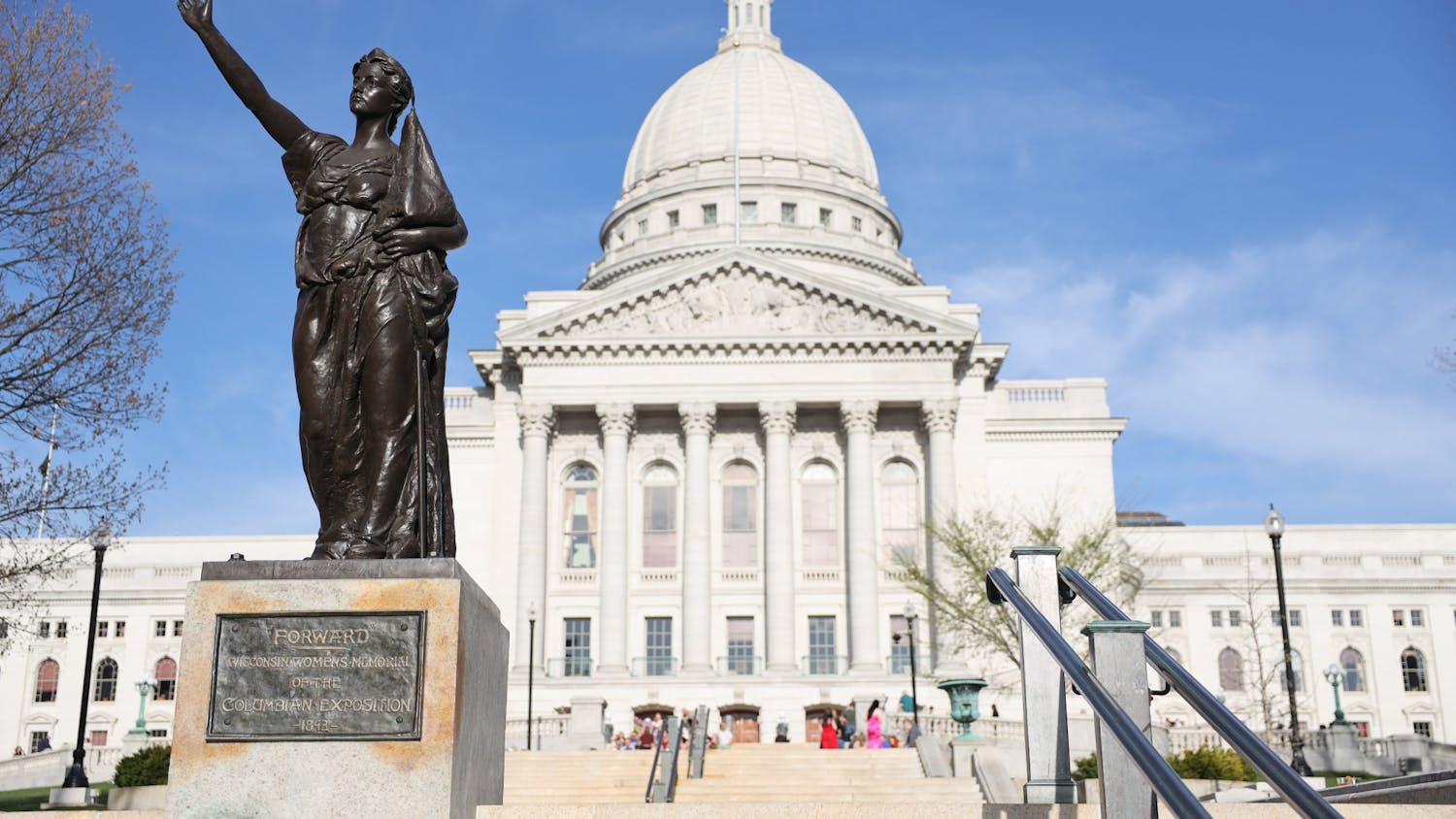The University of Wisconsin-Madison’s Division of Housing plans to update Kronshage, Humphrey and Jorns residence halls, home to approximately 780 residents. According to the Wisconsin capital budget, the renovation will include bathroom updates, a new heating and cooling system in common spaces, updated fire and smoke detection and elevator construction to increase the number of accessible dorms in Kronshage to over half.
The renovations will total approximately $80 million and also include plans for a connector bridge between Jorns and Humphrey halls. UW Housing will collaborate with the Wisconsin Historical Society since each of the dorms qualifies for the National Register of Historic Places due to their original construction date, according to the state capital budget.
“These are historic buildings, and we want to preserve and update them so that they can continue providing a good home to thousands of future Badgers for many decades to come,” said Brendon Dybdahl, director of marketing for UW Housing, in an email. “This work will make the buildings more accessible, efficient, safe and comfortable for residents.”
For some current Kronshage residents, like Savanna Rostad, hearing about the plans for renovations and facilities upgrades was exciting given current facility conditions. The renovations include updates to bathrooms and the water heating system in Kronshage.
“On my floor there is only one shower that has warm water, so we all have to take turns using that shower,” said Rostad.
Rostad also noted that despite the lack of warm water, she enjoys some of the older historical features that the building offers.
“I actually enjoy the crusty oldness and the historical charm of Kronshage,” Rostad said. “I am such a fan of the old beautiful wooden dresses, shelves and closets.”
Rostad shared concerns about price increases of dorms post construction as well as the potential disruption caused by construction. Dybdahl indicated the renovations will not directly increase the cost to live in Kronshage, and construction related disruptions will be minimized.
Planned building updates spark conversation on accessibility on campus
One of many updates to Kronshage, Humphrey and Jorns residence halls includes increased elevator access. It will be added to the Gilman, Mack and Chamberlin Houses in Kronshage, making more than half of Kronshage dorms “ADA accessible” — a goal set by UW Housing.
“When we're thinking about campus infrastructure, which is very much the bare minimum of accessibility on a campus, we have all these infrastructure problems, and we don't have a great way of working around them,” said Emmett Lockwood, a university house fellow and former resident of Phillips Residence Hall.
Lockwood has several physical disabilities that impact his accessibility and use of campus resources. For Lockwood, access to a dorm with a ramp and elevator is not just a convenience, but a necessity.
“I'm a student with a mobility related disability that requires that I use a cane most days if not everyday. There are some days that I would not be able to get out of an apartment with a walk upstairs,” Lockwood said. “While it's not officially registered as a housing accommodation, being in a building with a ramp and an elevator has allowed me to exist at this university.”
While Lockwood celebrated UW Housing’s decision to build more elevators, he noted it’s only the start to making campus infrastructure more accessible.
“For elevators, I would like to applaud UW for doing the bare minimum,” said Lockwood. “I see there's a lot UW Housing is doing to make the dorms accessible. But, I want to note that that's only for individuals who come into the school year knowing that they have a disability and knowing how to accommodate it in a communal living setting.”
Lockwood also noted that since dorms can be the most or only feasible living option for disabled students due to scholarship availability and Social Security Disability income, UW Housing has a greater responsibility of providing access to accessible dorms for disabled students all four years.
“I think there is way more we need to do [to ease access of housing for disabled students],” said Lockwood. “When we think about the expectation that second, third and fourth year students live off campus and what that has led to, especially in a housing crisis, that means that for many students UW Housing is the most accessible of the inaccessible options.”
Noe Goldhaber is the college news editor and former copy chief for The Daily Cardinal. She is a Statistics and Journalism major and has specialized on a wide range of campus topics including protests, campus labor, student housing, free speech and campus administration. She has done data analysis and visualization for the Cardinal on a number of stories. Follow her on Twitter at @noegoldhaber.





